ReactJS
Our ReactJS course provides comprehensive training in building modern, interactive user interfaces. You'll learn to create efficient, scalable frontend applications using React's component-based architecture. The course covers everything from React fundamentals to advanced concepts like hooks, context API, and state management.
Course Highlights
Skills You'll Gain
- Understand React basics and component-based architecture
- Build reusable components and manage state (useState, useEffect)
- Work with React Router for navigation
- Integrate APIs and deploy React applications
- Master state management with Redux Toolkit or Context API
- Optimize performance with memoization and code splitting
- Test React apps using Jest and React Testing Library
Our Graduates Work At


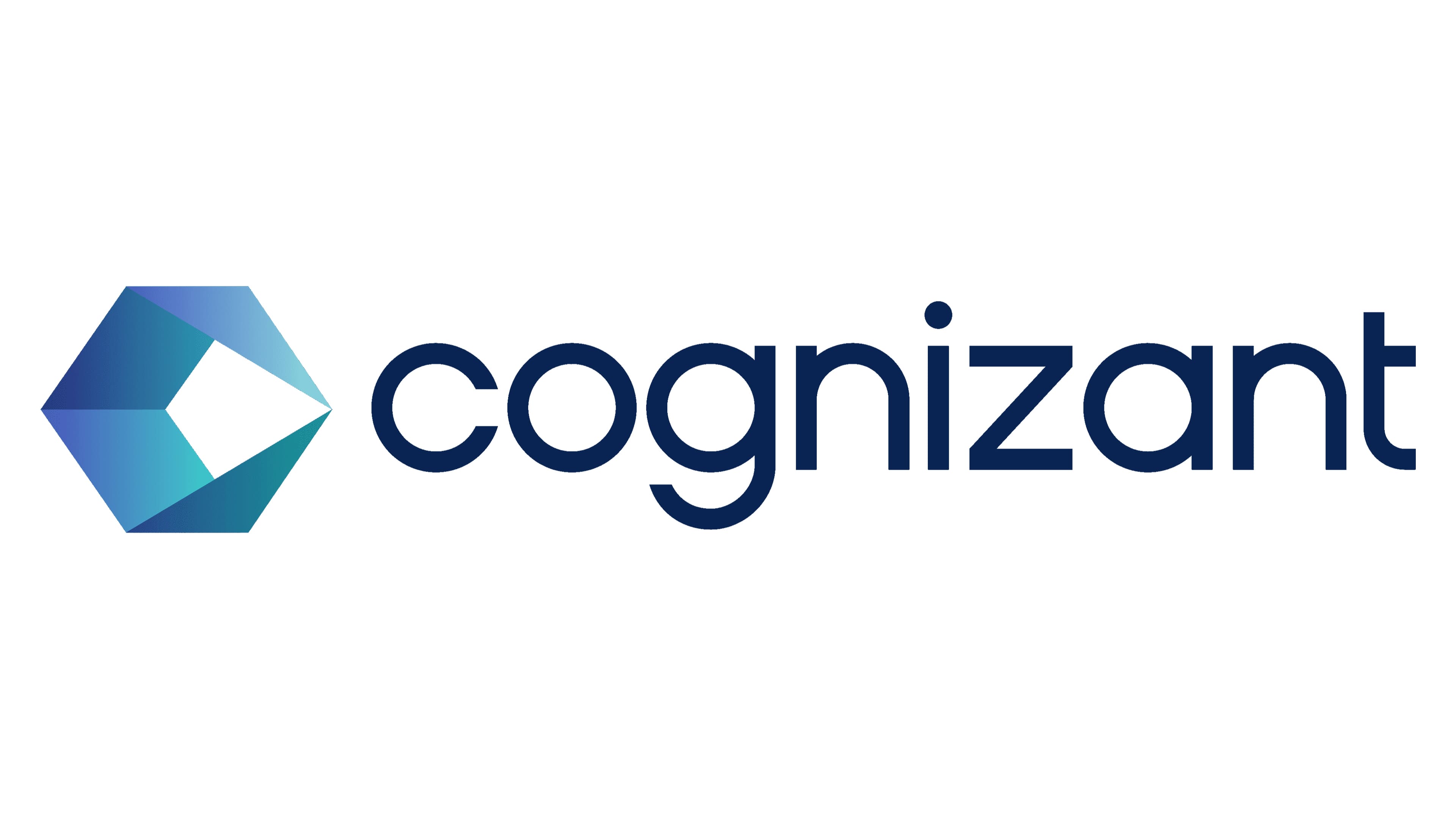
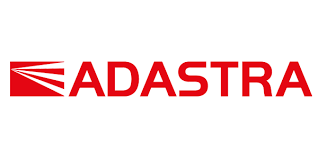

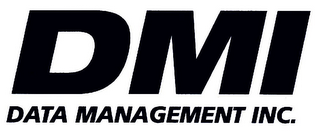
Course Curriculum
- Overview of ReactJS and its features
- Setting up the React environment
- Writing and running your first React program
- Components and Props
- State and Lifecycle
- Handling Events
- Introduction to React Router
- Routing and navigation
- Nested routes and route parameters
- Introduction to Redux
- Managing state with Redux
- Using Redux with React
- Fetching data from APIs
- Working with Axios
- Handling API responses
- Hands-on React projects
- Final project presentations

Have Questions?
Book a free consultation with our experts
ICLP Certification
Earn a recognized credential that validates your technical expertise and opens doors to new career opportunities.
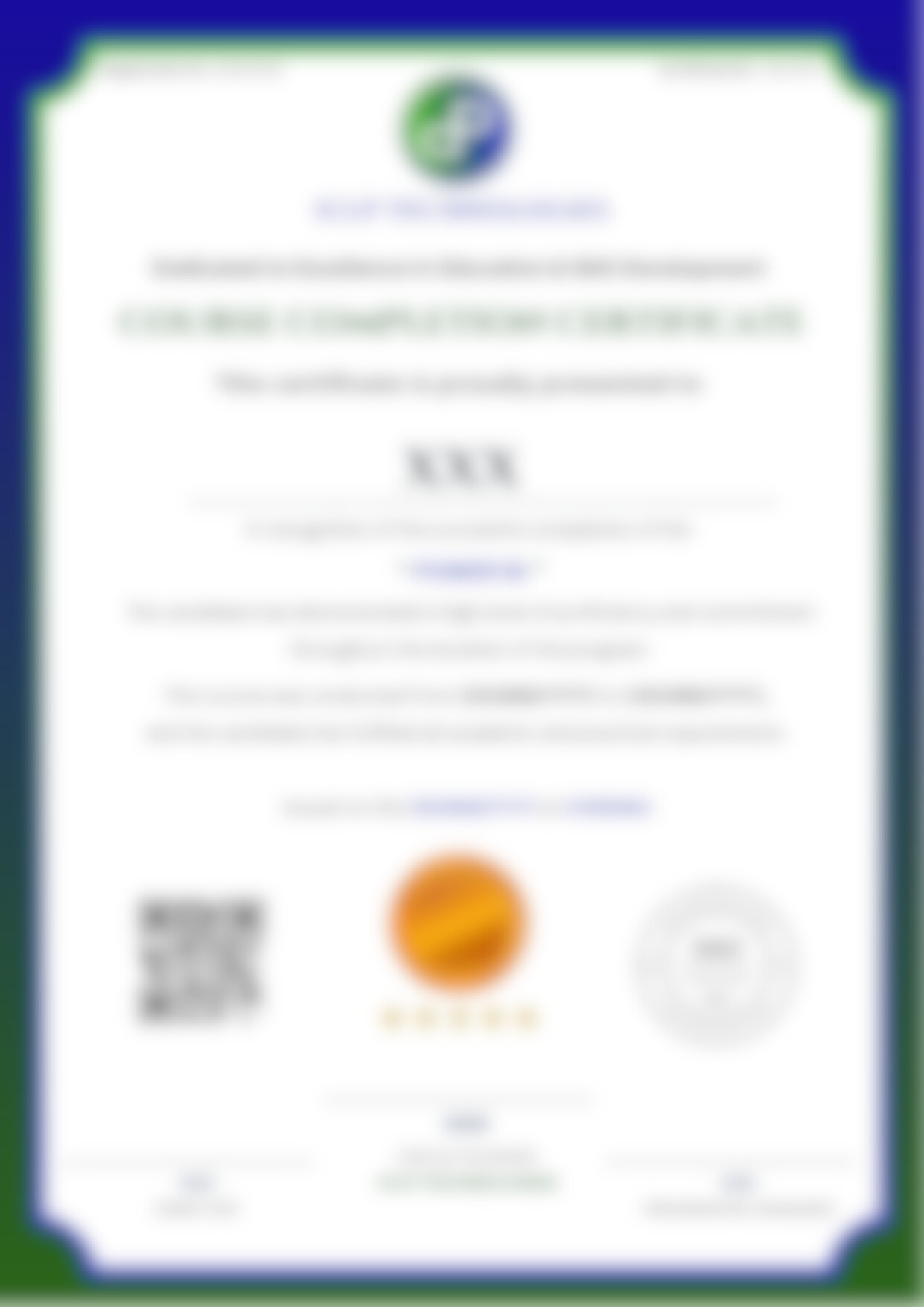
Why Learn ReactJS?
- Component-based architecture for reusability
- Virtual DOM for improved performance
- Strong community and corporate backing
- Rich ecosystem of libraries and tools
- Declarative programming style
- Excellent for single-page applications
- Easy to learn with good documentation
- Strong job market demand
- Cross-platform with React Native
- Progressive Web App capabilities
Our Hiring Partners
Top companies where our graduates work







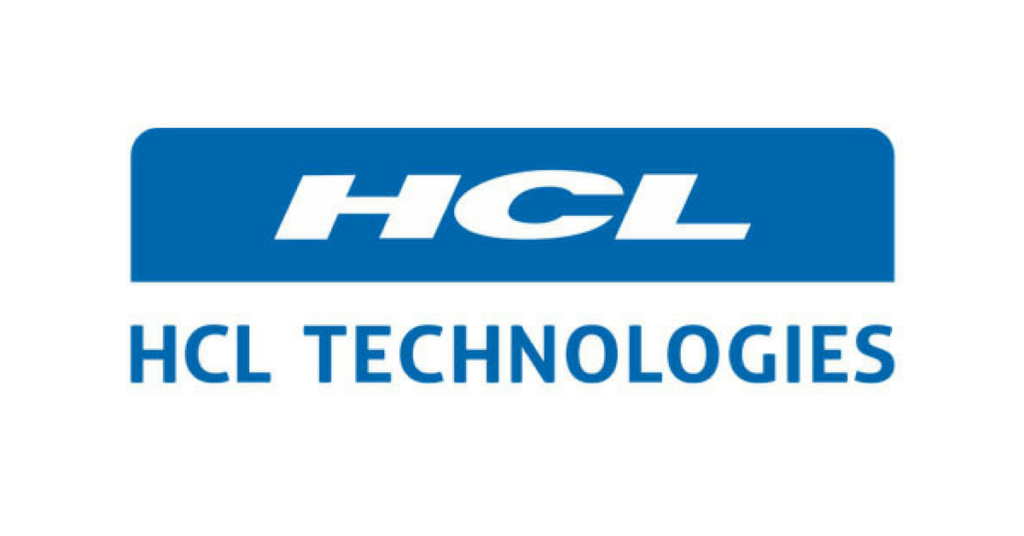
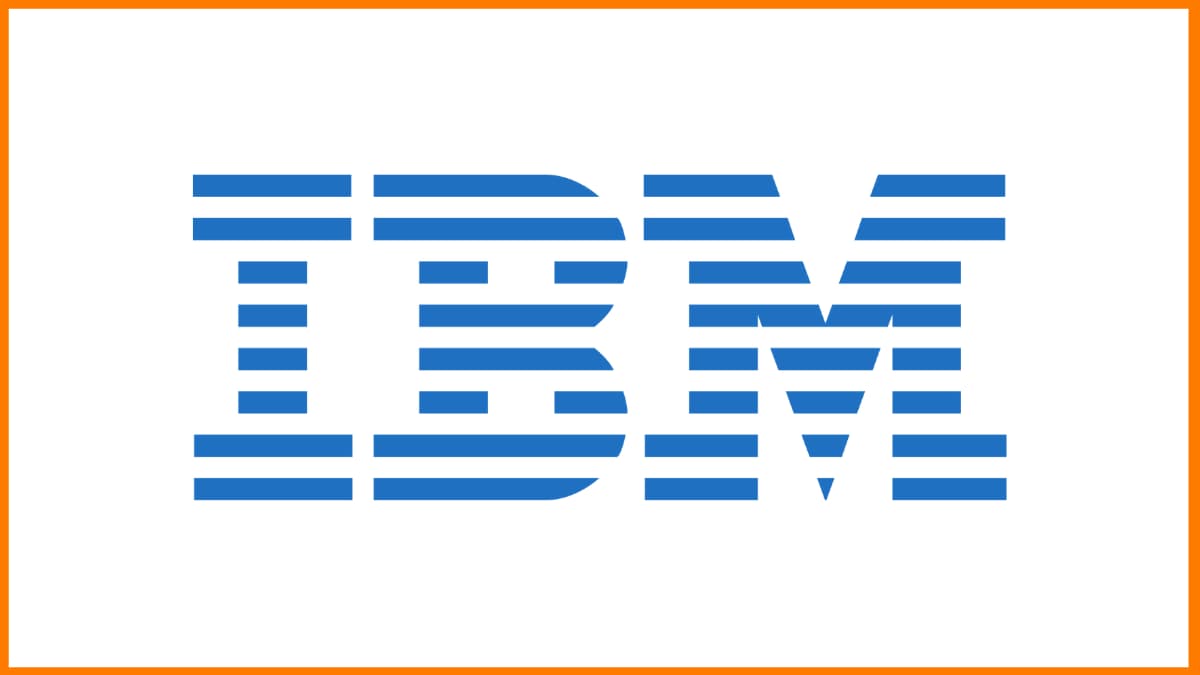

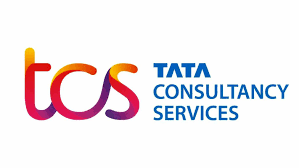

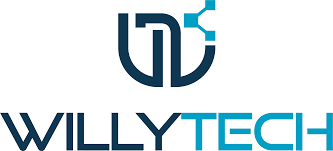
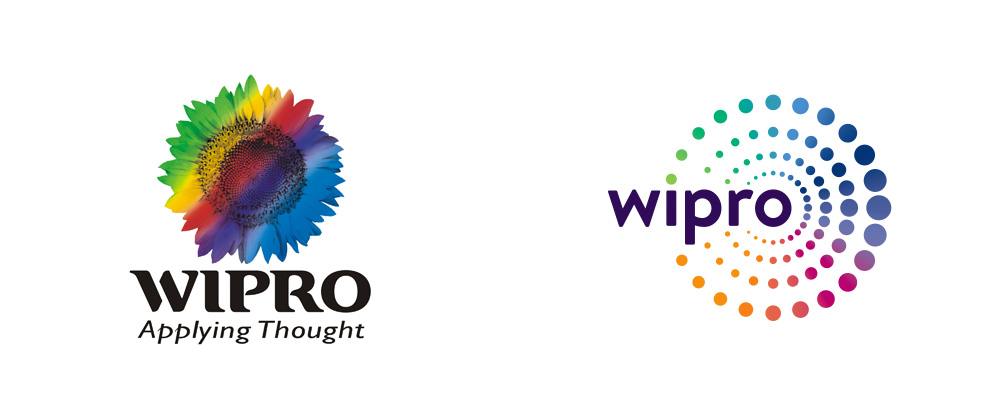
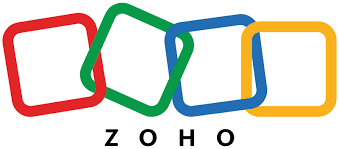
Reviews
Average rating: 4.8/5 (1,000+ learners)
ReactJS FAQs
Find answers to common questions about this course
React is a JavaScript library for building user interfaces, particularly single-page applications. It's component-based, efficient (virtual DOM), and has a strong ecosystem.
Key concepts include components (functional/class), JSX syntax, props and state, lifecycle methods (or hooks), virtual DOM, and unidirectional data flow.
React is a library focused on UI with flexibility in other choices, while Angular is a full framework with more built-in solutions but steeper learning curve.
Hooks (introduced in React 16.8) allow using state and other React features in functional components, simplifying code and reducing class component usage.
React creates a lightweight copy of the real DOM in memory. When changes occur, it compares (diffs) virtual DOM versions and updates only the changed parts in the real DOM.
JSX is a syntax extension that allows writing HTML-like code in JavaScript. It gets transpiled to React.createElement() calls that create React elements.
For local component state, use useState hook. For global state, consider Context API, Redux, MobX, or newer solutions like Recoil or Zustand.
Common tools include Create React App (starter), Next.js (SSR), React Router (navigation), Redux (state), and testing libraries like Jest/React Testing Library.
Use React.memo, useCallback, useMemo, code splitting, lazy loading, virtualized lists for large data, and avoid unnecessary re-renders.
Fragments let you group multiple children without adding extra nodes to the DOM, useful when a component needs to return multiple adjacent elements.
Ready to Start Your ReactJS Journey?
Limited seats available for the next batch
Explore Our Courses
Discover the perfect course to advance your career


